Two Times Elliott considers the conceptual possibilities of a charm bracelet
Two Times Elliott’s speculative design project rethinks the traditional materials and construction of a charm bracelet
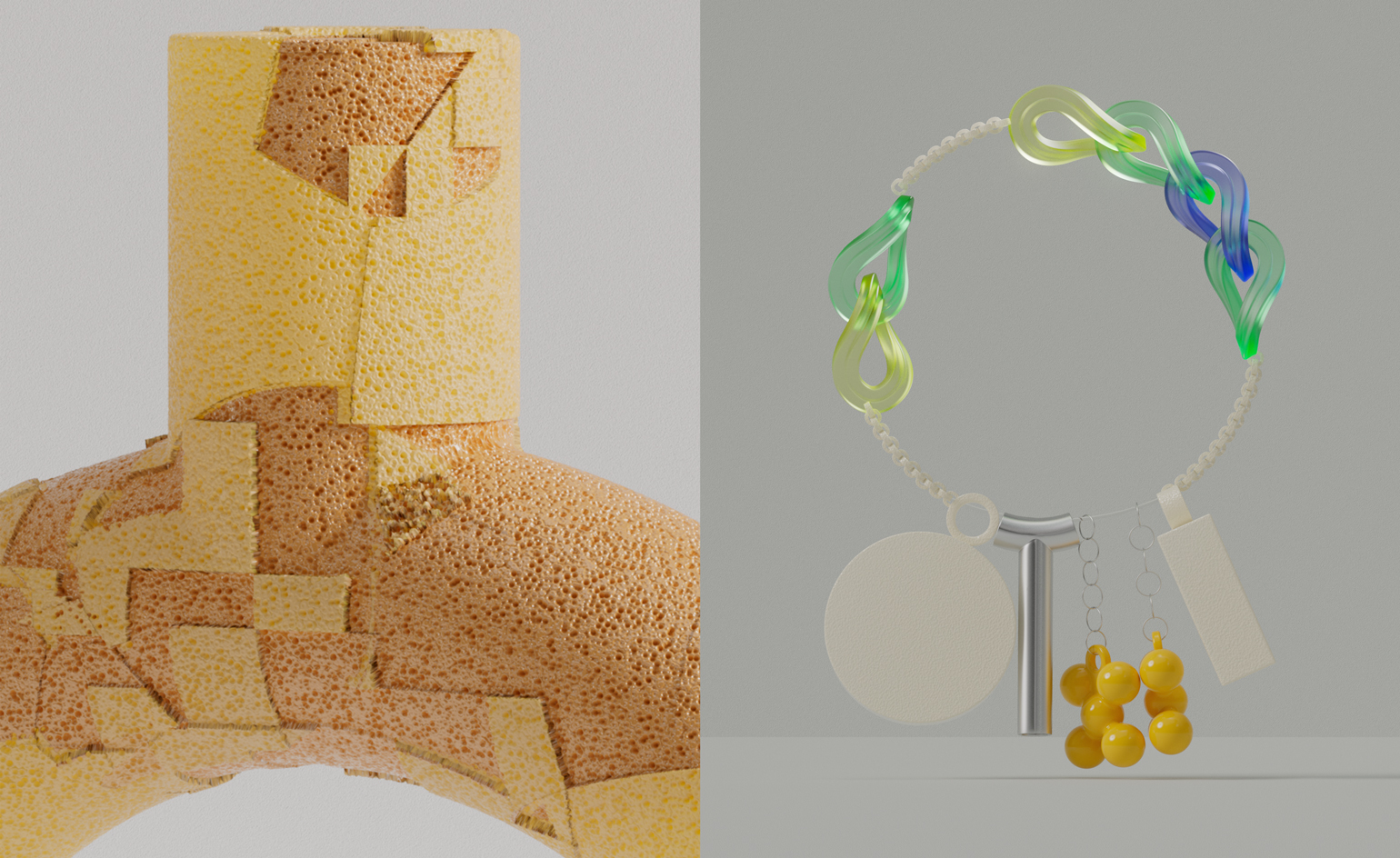
London-based design consultancy Two Times Elliott has rethought the boundaries of jewellery design in a new project that presents the conceptual possibilities of a charm bracelet, from a consideration of materials – including plastic and resin – to a study of the futuristic and technically impossible.
Two Times Elliott reimagines the charm bracelet
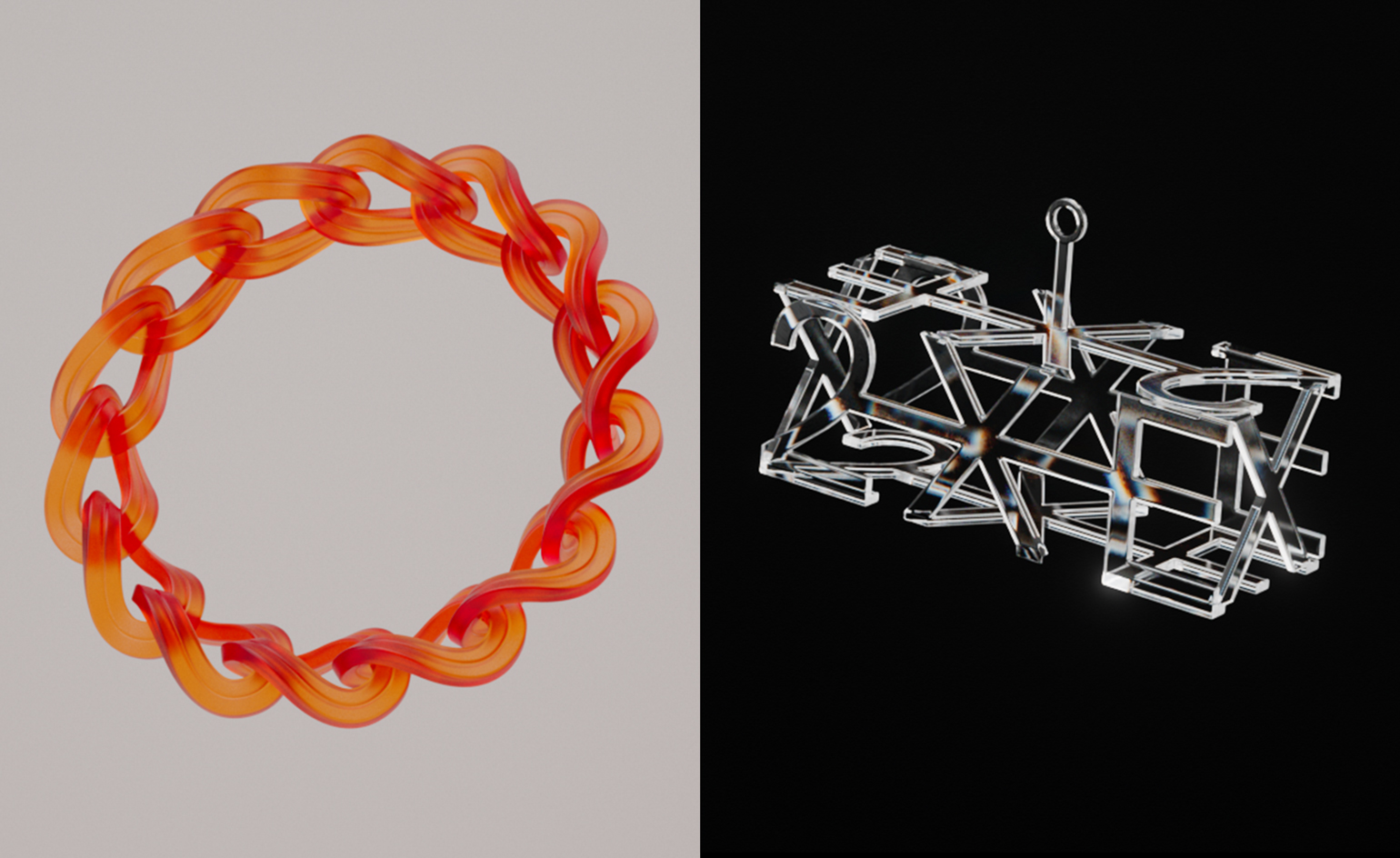
‘In the grand scheme of design objects, the relationship of a piece of jewellery to the body and the psyche is particularly intimate,’ say the team. ‘We were drawn to the symbolic capacity of jewellery, as the idea was to process feelings through these objects. The charm bracelet, in particular, has so much narrative potential as this diverse assemblage of meaningful, decorative or precious objects, whose significance may be material or sentimental. Prehistoric charms were talismans – believed to bestow spiritual powers and protections upon the wearer. In our case, the forces are narrative and aesthetic as we explore the symbolism of collective emotional and psychological states.’
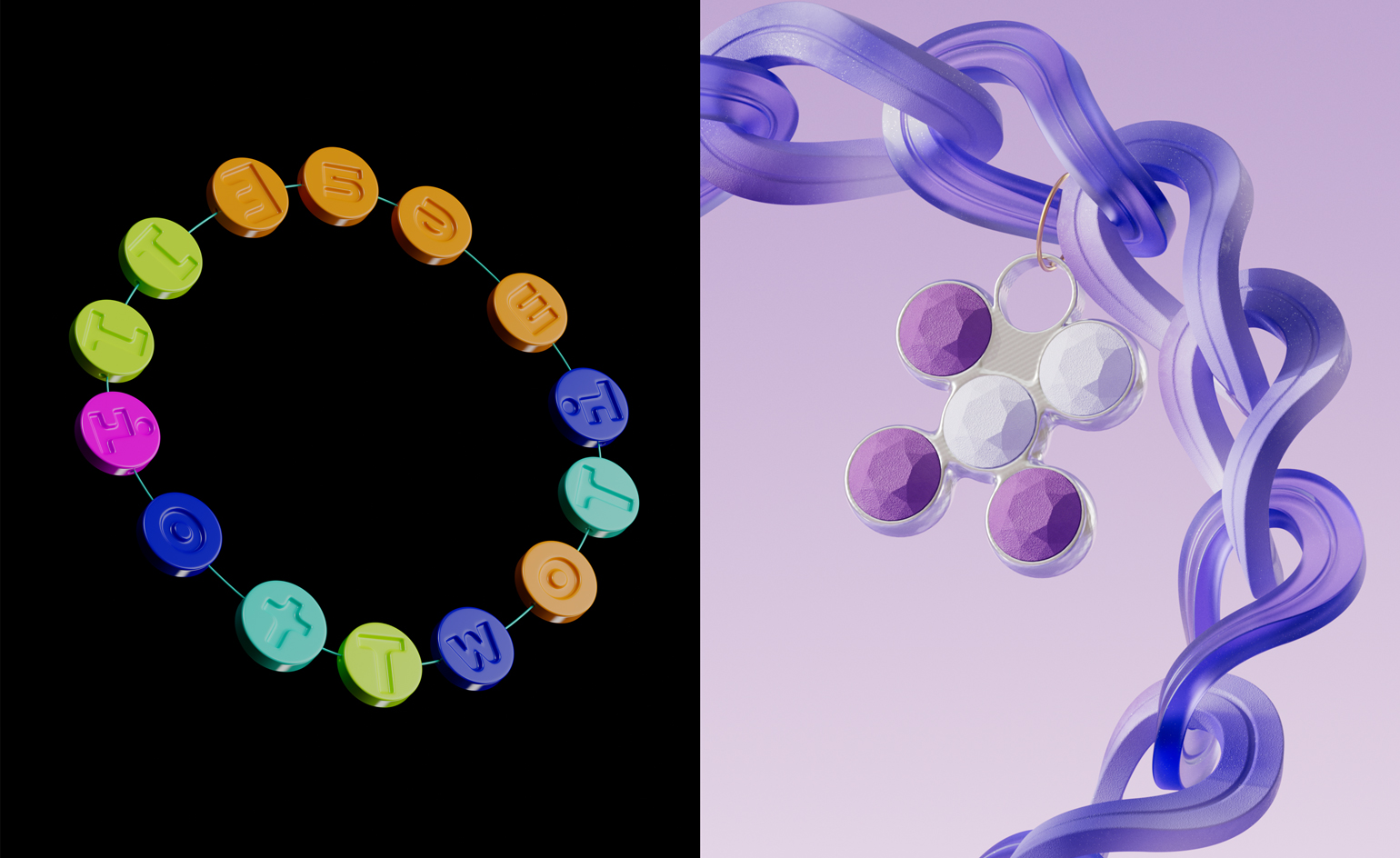
Potential materials explored in the speculative design project include porcelain, opaque gemstones and natural materials. When illustrated digitally, the pieces take on an otherworldly identity. ‘It's interesting because while CG materials can move beyond reality, we're still using the software to calculate physical parameters, such as the reflection and refraction of light and the density and surface texture of a substance,’ they add.
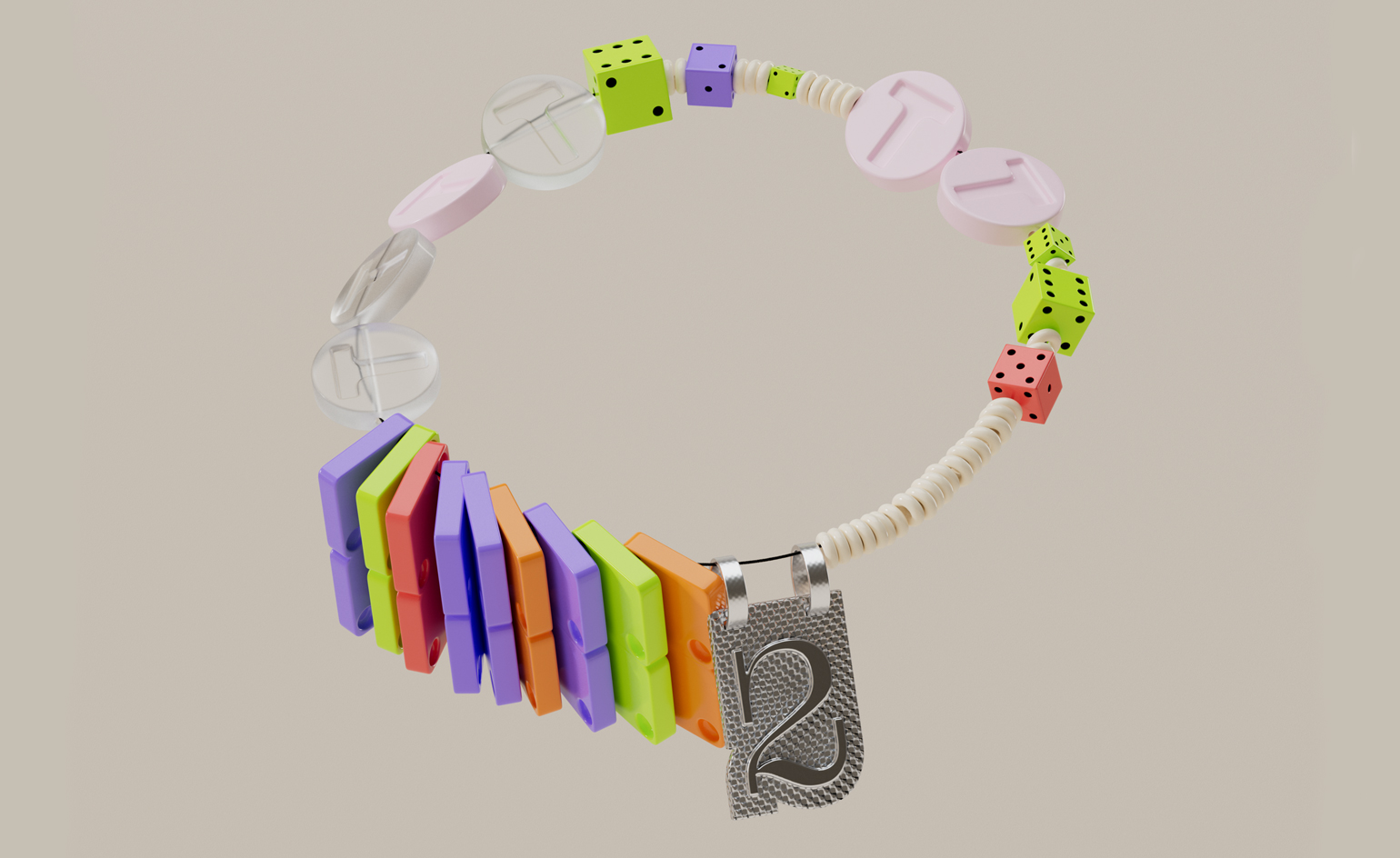
‘In architectural visualisation, you can now load specific commercial material swatch libraries into 3D scenes, so the client can review them for the production of the property. The realism one can achieve with CG grows exponentially, but that's not the point for us. The aim here is not to sell, convince, or represent a commodity but to contribute to the visual statement of the image. Equally, veering too far off into science fiction would break the spell and dilute the concept – somewhere between credible and improbable works.’
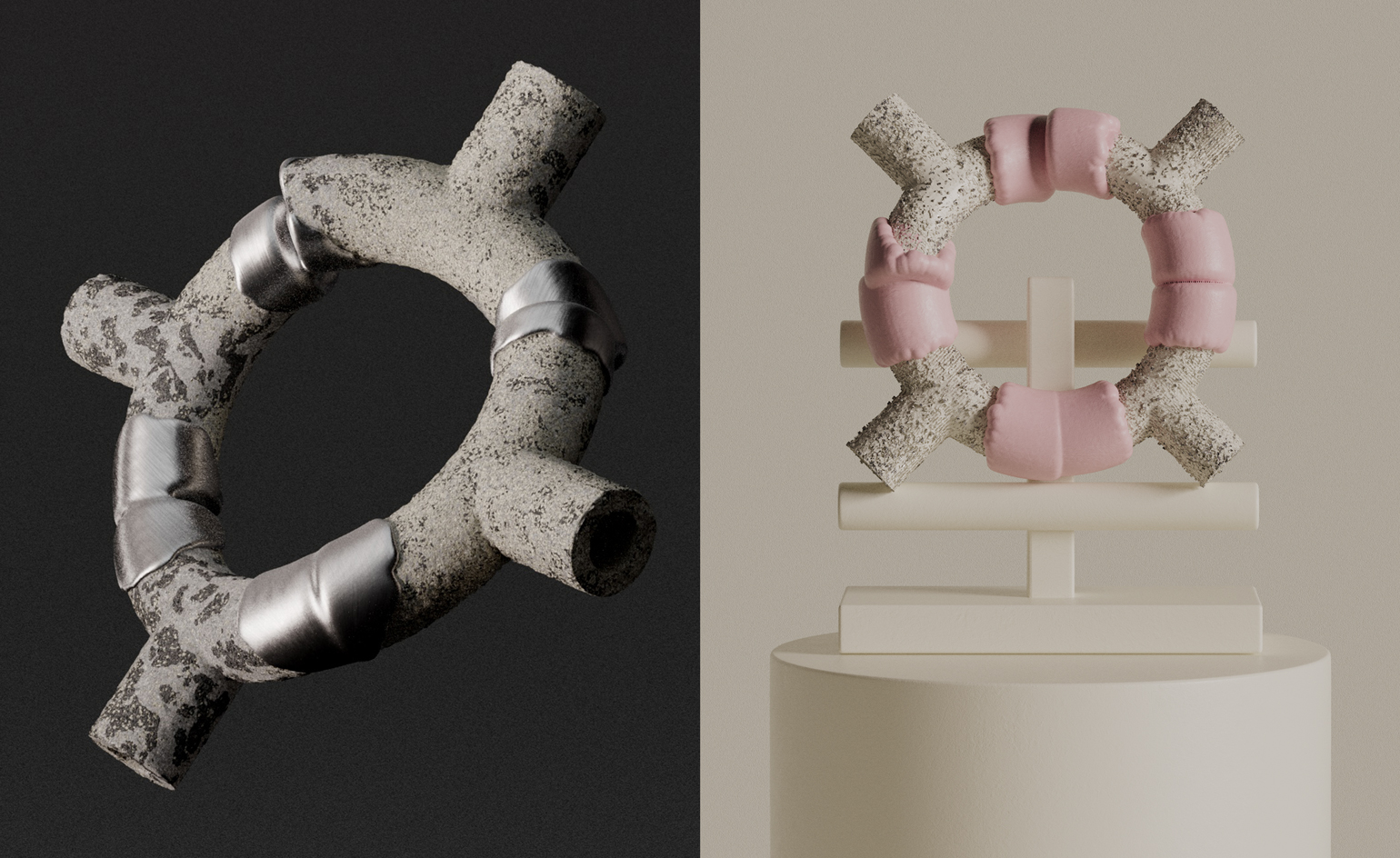
For now, the pieces remain conceptual, with no current plans to put the prototypes into production. ‘In many ways, we invest in these self-initiated projects as an avenue for discovery that can only occur outside the mode and pace of commerce,’ they say. ‘We are hunting for what can arise in a creative process unrestrained by the logistical considerations of production. The pieces would undoubtedly be different had we designed them initially for production. So while the question of the physical output is implicit in the project, we suspended it to retain our creative licence, and our wits.’
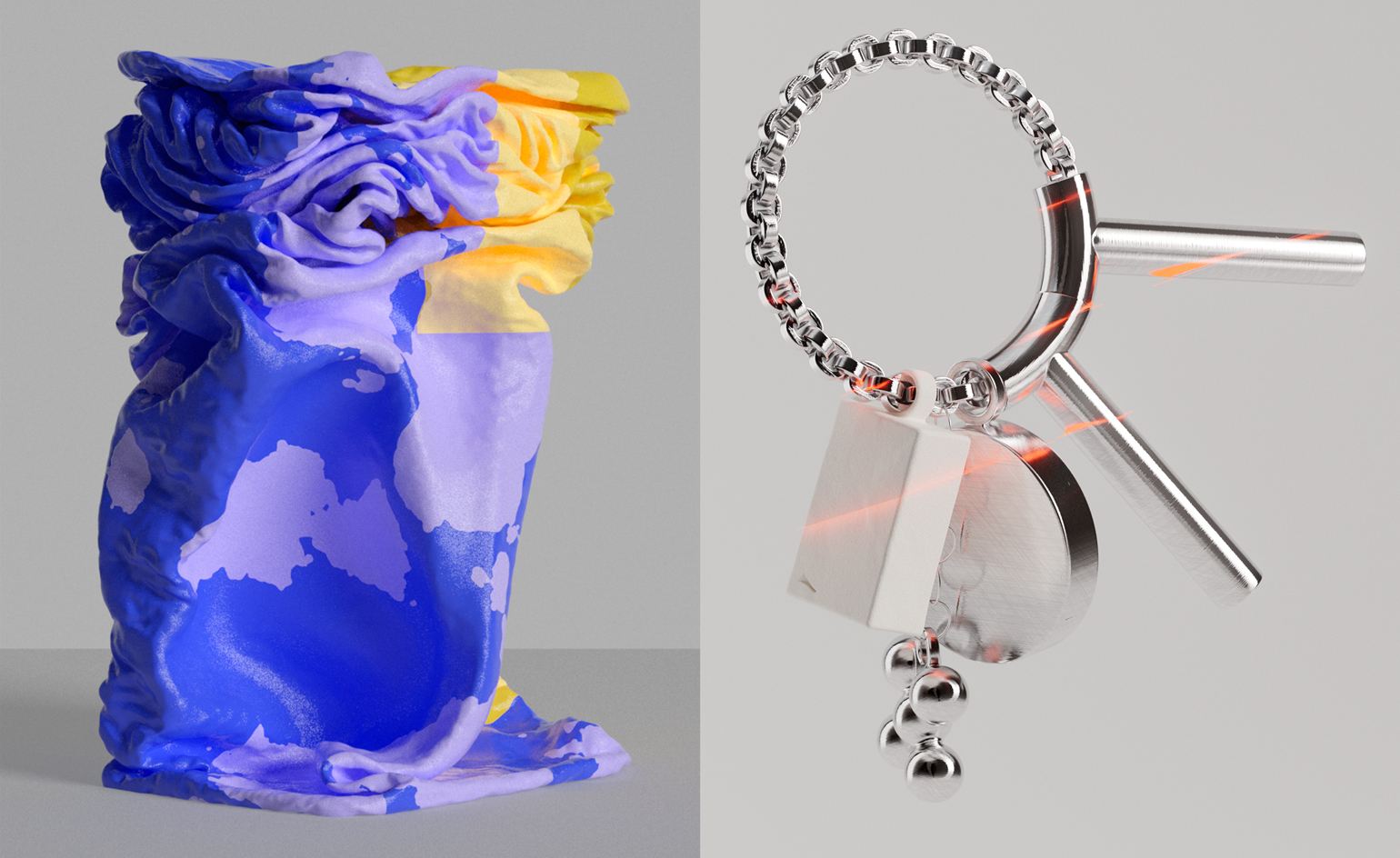
Receive our daily digest of inspiration, escapism and design stories from around the world direct to your inbox.
Hannah Silver is the Art, Culture, Watches & Jewellery Editor of Wallpaper*. Since joining in 2019, she has overseen offbeat art trends and conducted in-depth profiles, as well as writing and commissioning extensively across the worlds of culture and luxury. She enjoys travelling, visiting artists' studios and viewing exhibitions around the world, and has interviewed artists and designers including Maggi Hambling, William Kentridge, Jonathan Anderson, Chantal Joffe, Lubaina Himid, Tilda Swinton and Mickalene Thomas.
-
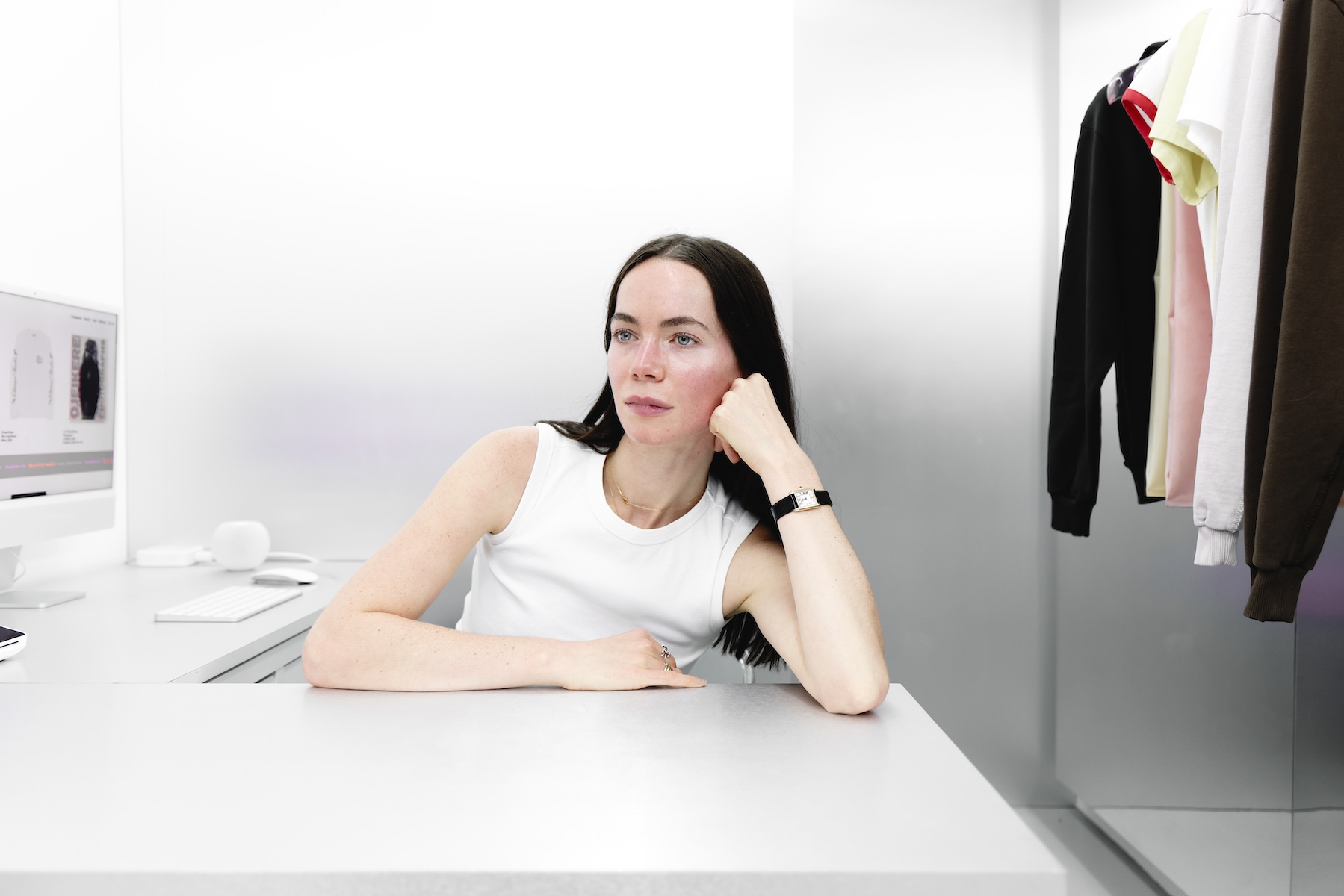 Kat Milne is the designer behind fashion’s most intriguing retail spaces
Kat Milne is the designer behind fashion’s most intriguing retail spacesInfused with elements of the surreal, Kat Milne has designed stores for the likes of Marc Jacobs, Sandy Liang and A24. ‘People are looking for a more tactile experience,’ she tells Wallpaper*
-
 A refreshed 1950s apartment in East London allows for moments of discovery
A refreshed 1950s apartment in East London allows for moments of discoveryWith this 1950s apartment redesign, London-based architects Studio Naama wanted to create a residence which reflects the fun and individual nature of the clients
-
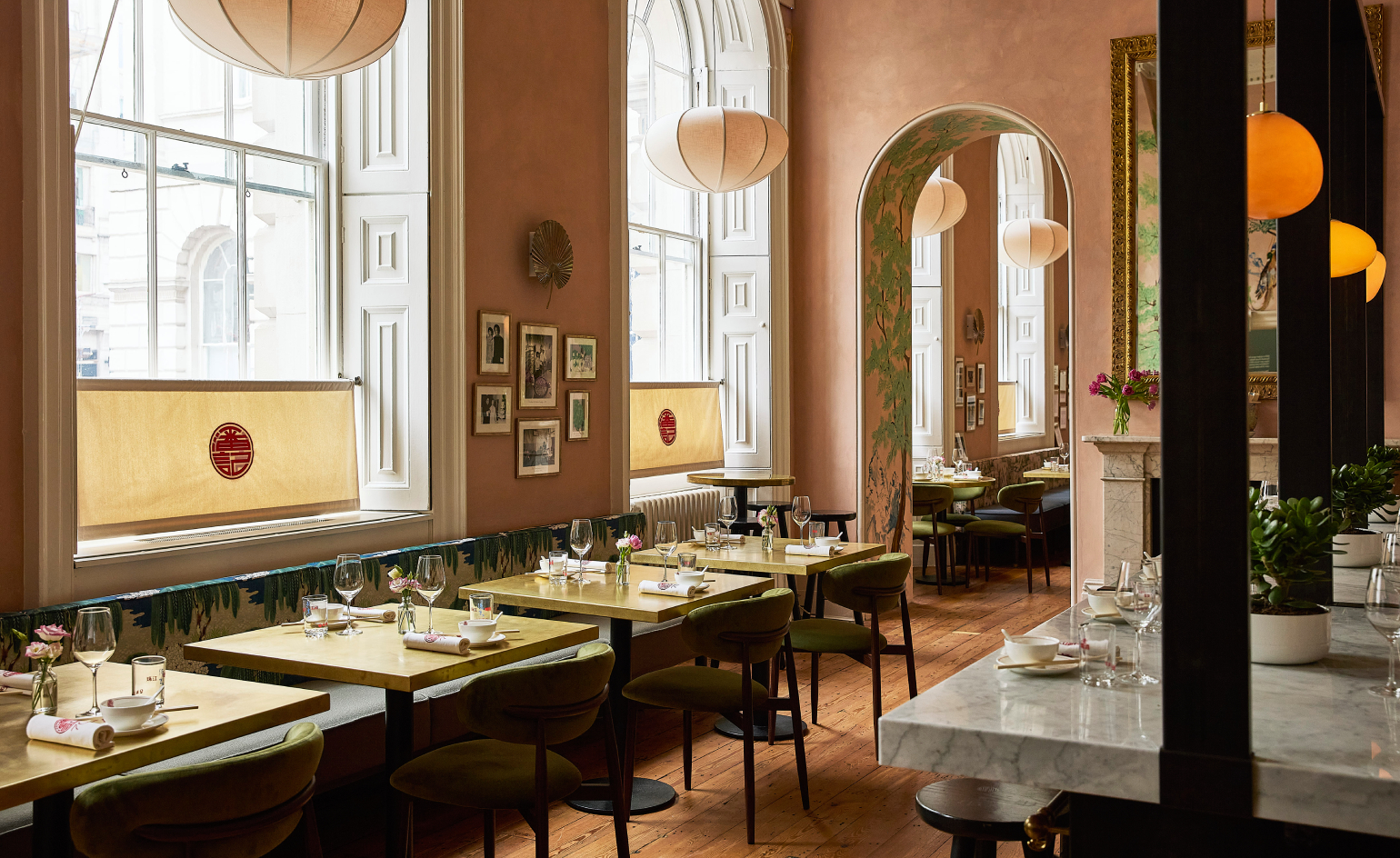 Poon’s returns in majestic form at Somerset House
Poon’s returns in majestic form at Somerset HouseHome-style Chinese cooking refined through generations of the Poon family craft